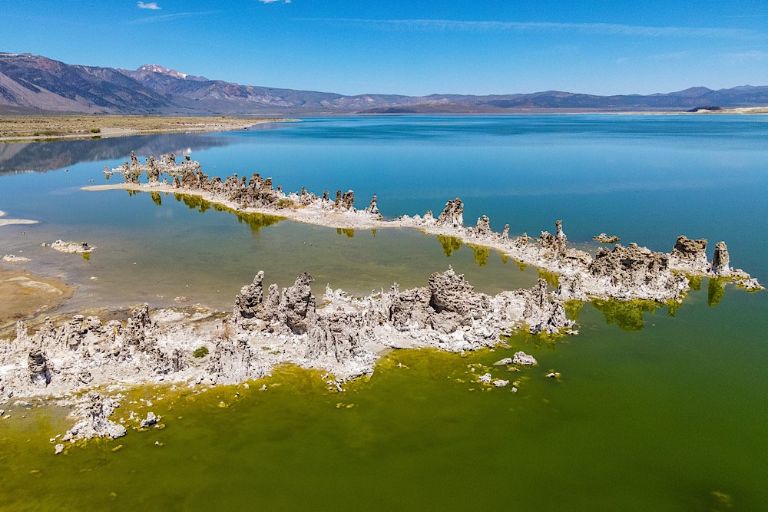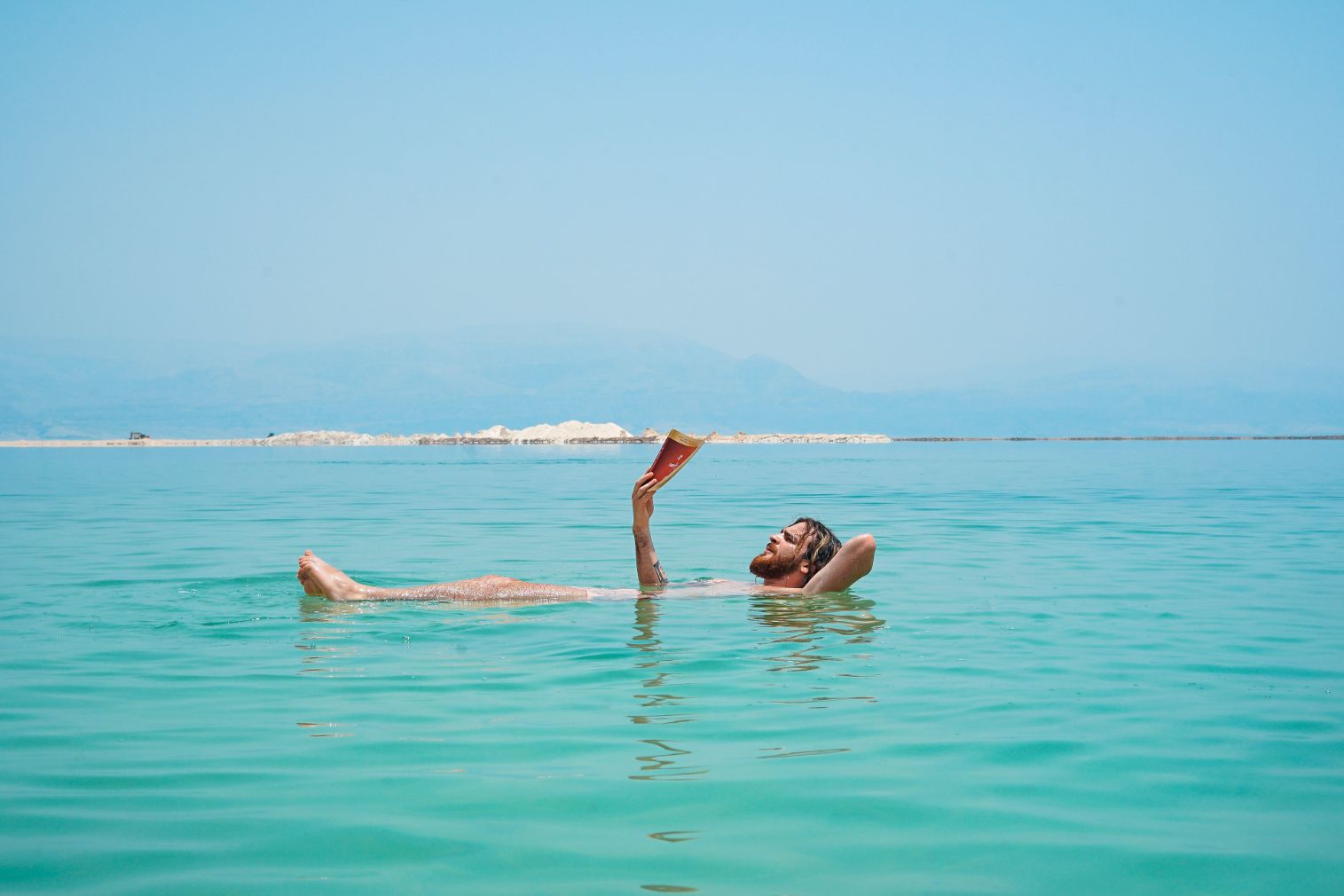Mono lake is located a few miles from the Nevada/California border, fourteen miles east of Yosemite National Park. Many small towns, including Lee Vining, encircle it. Can we swim in the mono lake instead of just viewing these towers, though?
In Mono Lake, you can swim. But first, you should be aware of a few things. Because of the high salt content, for instance, many people believe that swimming is impossible; however, as long as your eyes and mouth are above the water, you can swim just fine. What else? Wear goggles or glasses if you want to keep your eyes dry, and at all costs avoid slipping on slippery algae on rocks and other submerged objects! Please read this article carefully before you go swimming in Mono lake.
Can You Swim In Mono Lake?
In Mono Lake’s murky water, swimming is not only possible but also encouraged. The lake’s water is thicker and buoyant because it contains more salt than ocean water. The Great Salt Lake in Utah has also been witness to this phenomenon.
Swimming in Mono Lake is more like floating because of the lake’s high concentration of salt, which eliminates the need for water threading. It resembles the way a buoy bobbles in ocean water. After swimming, make sure to rinse off with normal water because lake water’s salt content dries white and can itch.
It is advised for people who want to swim to keep their mouths and eyes above the water’s surface because of this salinity. Cuts or lesions shouldn’t be submerged in the water because they will sting. You may be interested in Can You Swim In The Dead Sea? What Is The Best Time To Go To Lake Tahoe?
Best Time To Swim In Mono Lake
The months of July and August are considered prime swimming months at Mono Lake. The water’s temperature never dips below 68 degrees Fahrenheit during these two months.
The water is generally just above 67 degrees Fahrenheit during the other months of the summer season.
Even though the summer is the busiest season for visitors to Mono Lake, few of them actually swim in the lake. So, there aren’t many people at the lake.

The islands in the middle of the lake, as well as the water immediately surrounding them, must be off-limits to visitors from April 1 through August 1 in order to protect the nesting and migrating birds.
If You Swim In Mono Lake, What Happens?
Swimming in Mono Lake will probably give you an unusual feeling of increased buoyancy. Additionally, you might notice that a layer of salt has adhered to your skin and hair as you leave the lake. It’s crucial to keep water out of your eyes, pay attention to any cuts, and avoid getting water in your eyes or on any cuts (which could sting).
What Makes Mono Lake Unique?
Islands, tufas (rock formations), and salinity are what make Mono Lake unique.
A very unique place is Mono Lake. It originated in an endorheic basin, or a basin where water can enter but cannot exit except through rivers and streams, at least 760,000 years ago. Evaporation is the only method by which water can leave Mono Lake. This means that it is a “closed lake,” the primary reason it has become as salty as it is.
Tufas
The tufas, or rock formations, are one feature that draws tourists to Mono Lake. Depending on how high the water is, these are visible to varying degrees. The limestone columns known as tufas, which are visible above the lake’s surface, took many years or centuries to form. In the 1880s and in the writings of Edward S., the first description of these tufas was made. Dana as well as Israel C. Russell. Below.
Salinity
The lake is renowned for its salinity, which makes the water at least 2.5 times saltier than the ocean (discussed in more detail below). On the beach surrounding the lake, the limestone rocks are covered in a layer of salt. One can anticipate that their shoes’ sides and bottoms will have a substantial layer of salt on them after just a brief visit.
Salinity
The lake is well known for its salinity (discussed in more detail below), making the water at least 2.5 times saltier than the ocean. The shore and limestone rocks on the lake’s beach are covered in salt. One can anticipate finding their shoes covered in a thick layer of salt on the sides and bottoms after a brief visit.


